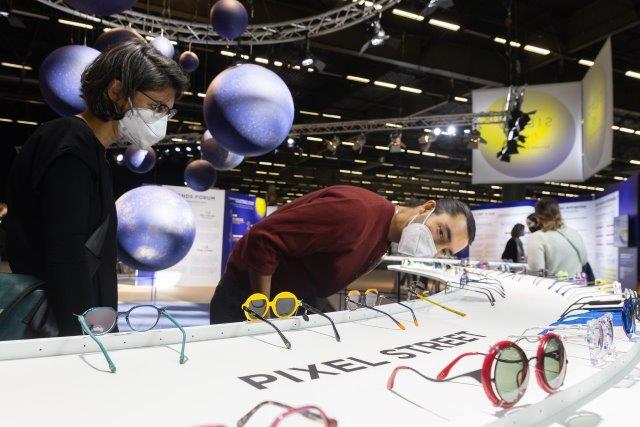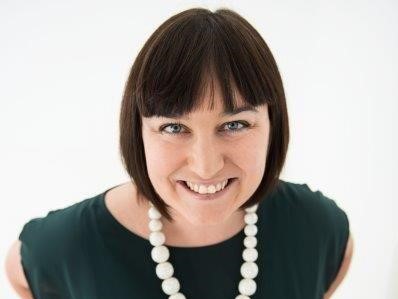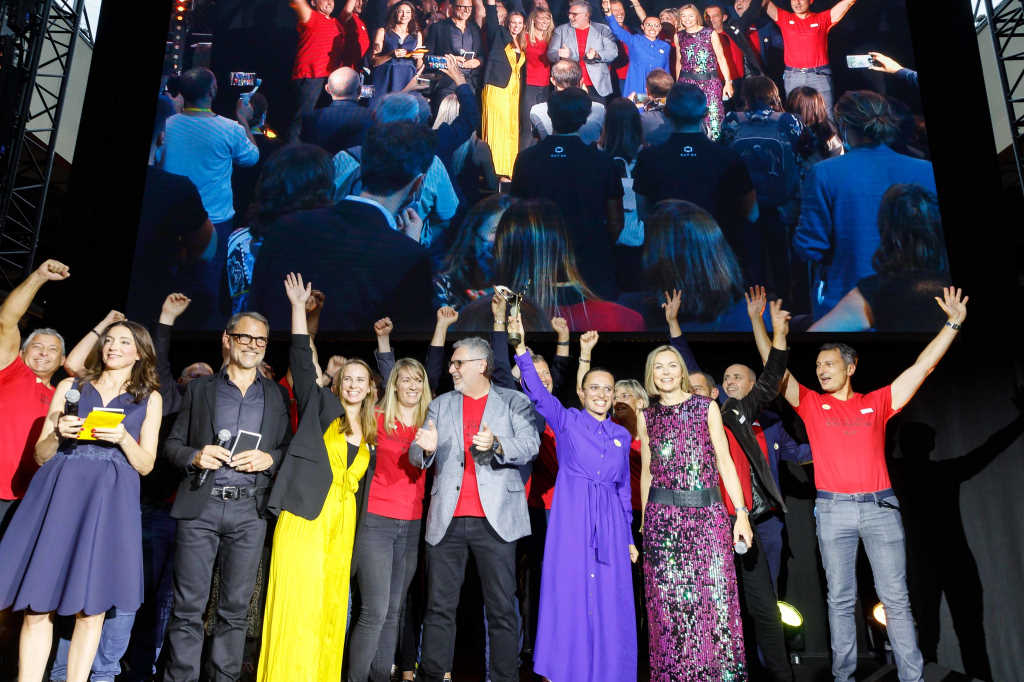Silmo shines through
Sat on the runway at Bristol Airport, UK, I wondered if we would even make it to Paris! We were already 45 minutes late because of passengers not having the right paperwork to enter France – a quarter of them were turned away. This wasn’t a Brexit issue, it was a pandemic issue – the rules around travel were complex and government advice (from both sides of the Channel) was, quite frankly, as clear as mud.
Eventually coming into land in Paris, I wondered how this increased bureaucracy would affect Silmo, but when I arrived it felt in many ways like nothing had changed since I was last here in 2017. Sure, the fair was smaller than in previous years – opening with just 500 exhibitors on Friday and occupying just half the usual space – and there were some glaringly empty spots that should have been occupied by 40 exhibitors who pulled out the week prior to the event! However, once you had shown your vaccine passport at the door or had completed an antigen test, the vibe inside was as enthusiastic as ever and I actually enjoyed having a bit more room and time. While it was all masks and elbow bumps to begin with, by Saturday lunchtime people were hugging and sharing selfies and it felt as if Covid hadn’t even happened.

“It feels so good to be back,” said Léa Gomez, art director for Caroline Abram. Theirs was, of course, one of the busier stands, and Gomez acknowledged that some smaller brands might be having a different Silmo. For Caroline Abram’s people it felt like the clocks had been wound back to 2019. “Everyone is hugging; it’s so normal,” smiled Gomez. “We didn’t know what to expect but there are so many people here.” There was never any question about whether they should come, she said. “It is very important we are here. Silmo has been very supportive of us and it is disappointing some brands decided not to come. It’s understandable for smaller businesses outside of France, or Europe, but I know some French brands who have just decided to focus on smaller, cheaper fairs. I personally feel it is great to gather here, all in one place.”
Most of the other larger brand companies I asked said they felt the same, with Mykita telling me they had exceeded their sales target for the event by Sunday lunchtime. But some of the smaller brands were less enthusiastic. One representative, who didn’t want to be named, felt Silmo could have done more for SMEs. “It cost us a lot to be here, there was no discount or help available. And although we have a good spot this year, next time when the bigger brands are back, we will probably be hidden up the back. Silmo should be doing much more for the little guys.”
Silmo director Eric Lenoir countered this, saying, “We didn’t offer a package or discounts up front for smaller businesses, but we said to every exhibitor if they were struggling they should just talk to us. It has always been our mission to bring people together and we know it has been a tough time financially. We want to support smaller brands, otherwise this industry would be dominated by just a few large names. But we asked people to ask us for help, and no one did.”
Lenoir added that he felt Silmo had been good to its exhibitors during these difficult times. “Last year we had to cancel (attending) Mido just a week beforehand. It was terrible. And then, although 90 per cent of exhibitors had registered for Silmo, there was so much confusion about whether it could or should go ahead.”
‘There’s no business like show business’
Lenoir said they considered lots of ways of running the 2020 show before making the decision to cancel. “No one lost any money, everyone was refunded or had their registration transferred to 2021,” he said. “The vaccine allowed us to be optimistic about this year, and I’m glad that we were.” Even though Silmo organisers ploughed ahead with plans for the 2021 show, it wasn’t until very recently they could be certain the French government would allow it to go ahead. Then there was the anxiety over visitor numbers, said Lenoir, who added they knew they’d lose about a quarter of their exhibitors due to travel restrictions across the Asia Pacific region.

“On Friday, I felt the same way I did at the opening of my first show 25 years ago,” he smiled. “Very nervous! It was a relief when the doors opened and the visitors came pouring in. Even I had wondered if it would really happen.”
Visitor numbers picked up on Saturday, said Lenoir, with many local people who were not registered turning up after seeing Friday’s success on social media. “Optics is a small, international family. We are migrating birds following each other around. Shows like this have a place to bring the flock together. We have proven it can still be done at Silmo 2021. Shows like this will not disappear!”
Even so, Lenoir recognises things need to change.

Silmo director Eric Lenoir
Focusing on the future
“Next year will be different. We need to provide more content, more ways to connect,” he said. “We are planning a live broadcast of the event and other ways for people to be involved if they can’t travel. Also in 2017, we launched a matchmaking app but it didn’t quite work – we are reimagining that now.”
Lenoir said there will also be a focus on supporting opticians to embrace new technology. “I see a bright future in smart glasses, for example,” he said. “These products should be with the optician. The industry needs to be careful not to lose their grip on that.” He was keen to emphasise that Silmo is more than just a show. “Our mission is education and support to raise opticians up and bring innovation to the high street. We have researchers, designers, engineers, marketers and more working all year round. It is our mission to connect people in this industry to each other, to people who can help.”
Back on the exhibition floor, the champagne continued to flow. The stands were in many ways more technically understated than previous years, but there was more emphasis on fun. From table tennis to boules to live bands (Novacel, I’m looking at you!) it seemed the humans of Silmo just wanted to party, and business was second on the agenda.

Freelance writer Jai Breitnauer divides her time between New Zealand and the UK (pandemic restrictions allowing). She lives with her husband and two children in Bristol and is a regular contributor to NZ Optics.























